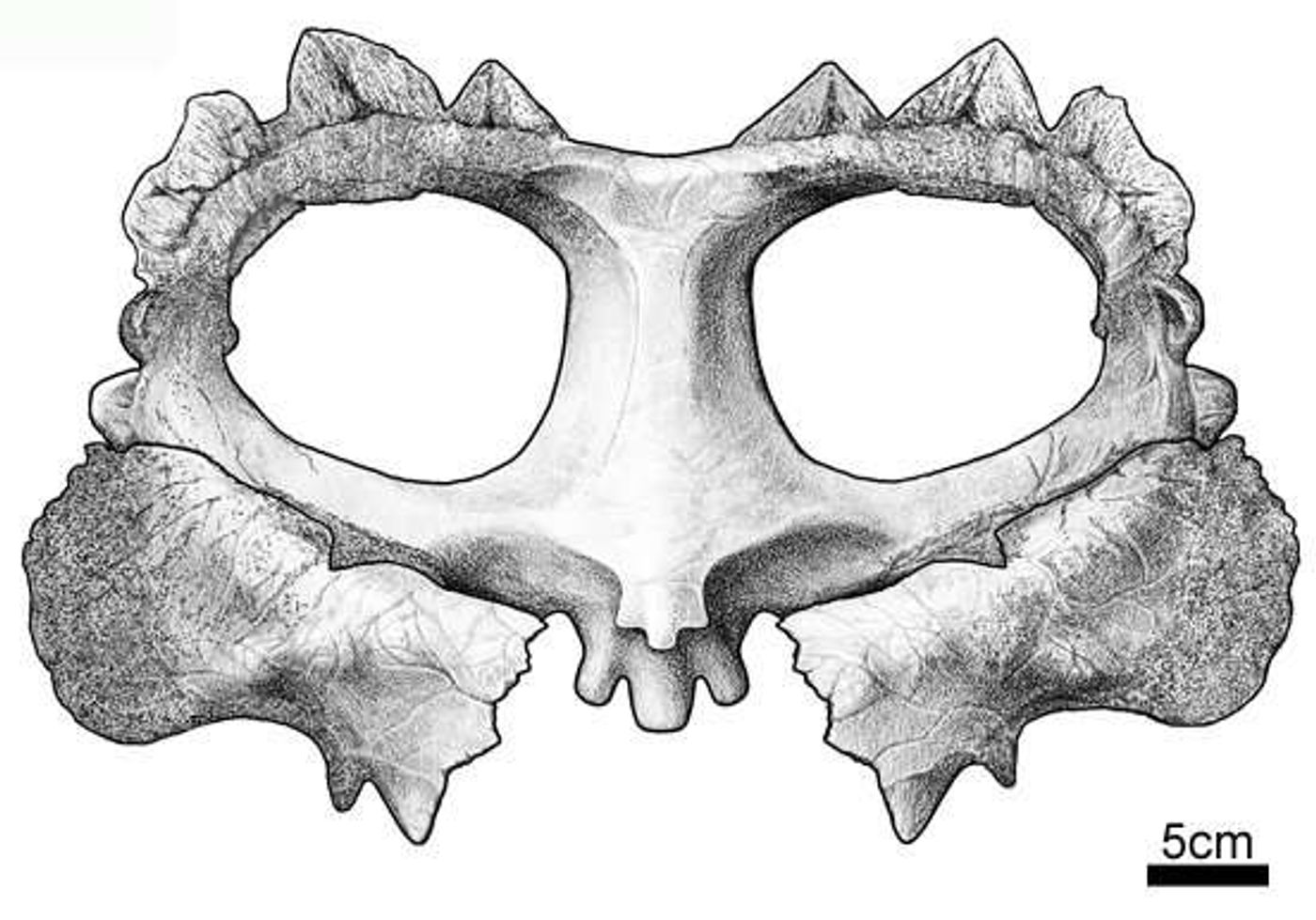Newly Discovered Species of Dinosaur Was Related to Triceratops
Although dinosaurs don’t walk the Earth with us today, they left behind a plethora of fossilized bones and remnants that can help tell their story and depict what the world may have been like millions of years before people ever came into the picture.
Not all new dinosaur discoveries come by way of freshly-unearthed bones, however. One of the latest findings comes after researchers reexamined fossils discovered initially in Arizona in the 1990s by the late Stan Krzyzanowski, a researcher from the New Mexico Museum of Natural History and Science, and his colleagues.
Image Credit: Sergey Krasovskiy
According to an online report published in the New Mexico Museum of Natural History Bulletin, the reexamination revealed that these particular fossils belonged to a previously-unknown species of ceratopsid, a type of horned dinosaur closely related to the Triceratops. It has been named Crittendenceratops krzyzanowskii in honor of the original discoverer.
Triceratops and other ceratopsids exhibited frills at the tops of their heads, but most of them exhibited simple frills. As it would seem, C. krzyzanowskii stood out from the rest because it had a much swankier frill.
"This clade has simple frills." Explained study co-author Sebastian Dalman. "Crittendenceratops is the first member of this clade with an ornamented frill."
Related: Researchers say this is the 'mother of all lizards'
As it would seem, this was the single most critical detail that helped the researchers classify C. krzyzanowskii as a separate species.
Image Credit: Dalman, S.G. et al. New Mexico Museum of Natural History and Science Bulletin, 2018
The researchers also gathered several other clues from the fossil, such as the fact that C. krzyzanowskii measured approximately 3.3 meters in length and that it existed around 73 million years ago. Given the circumstances, C. krzyzanowskii would have lived during the late Cretaceous period and appeared rather small next to the average Triceratops.
Related: Fossil of 100 million-year-old tailed spider baffles researchers
It’s not every day that a new dinosaur gets named from Arizona, so it was a particularly exciting project for everyone involved. Discoveries of this nature inspire paleontologists all around the world to get out there and find more fossils. After all, they teach us about a time on Earth when we didn’t even exist, and that’s utterly captivating.
Source: Live Science, Phys.org, New Mexico Museum of Natural History Bulletin










